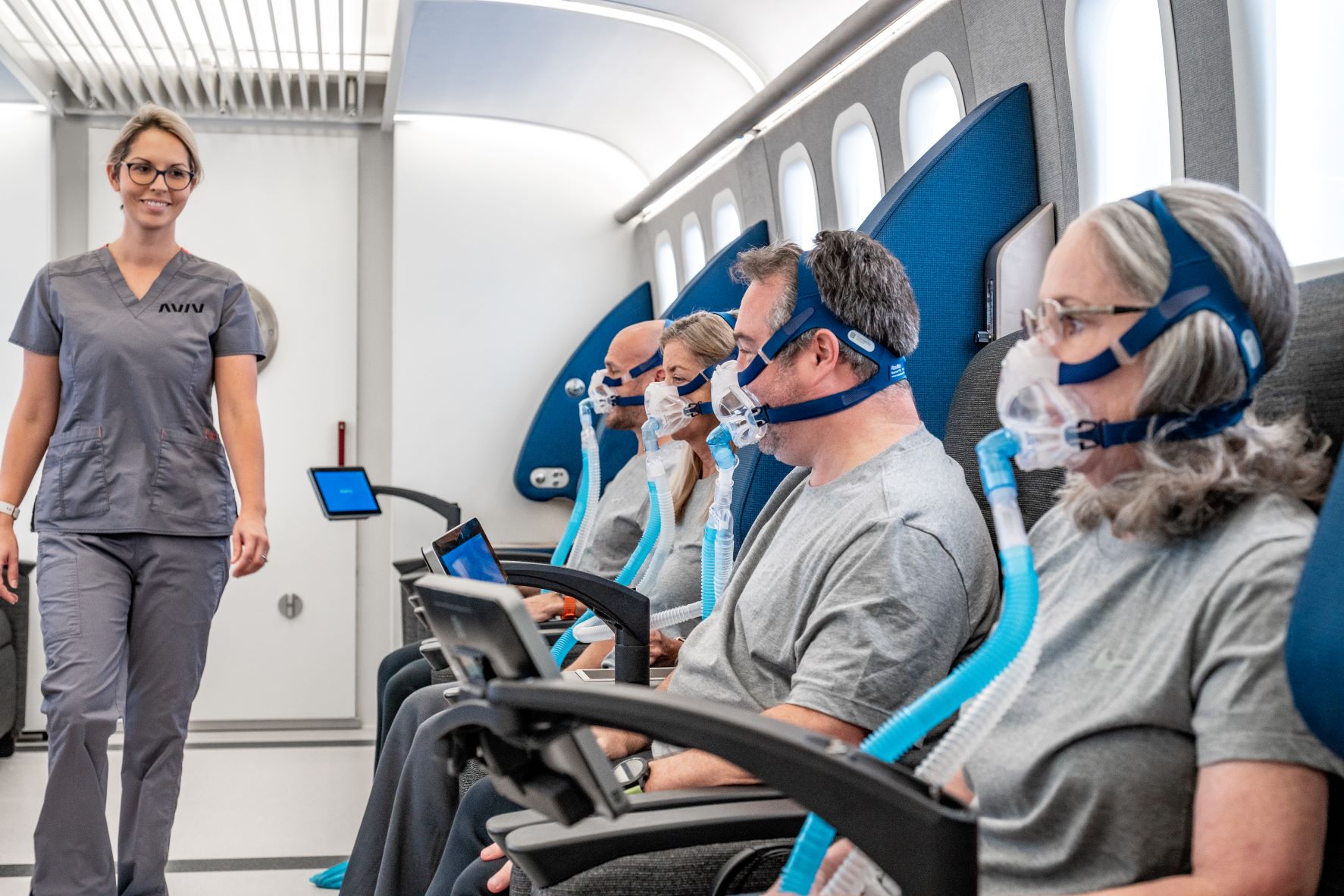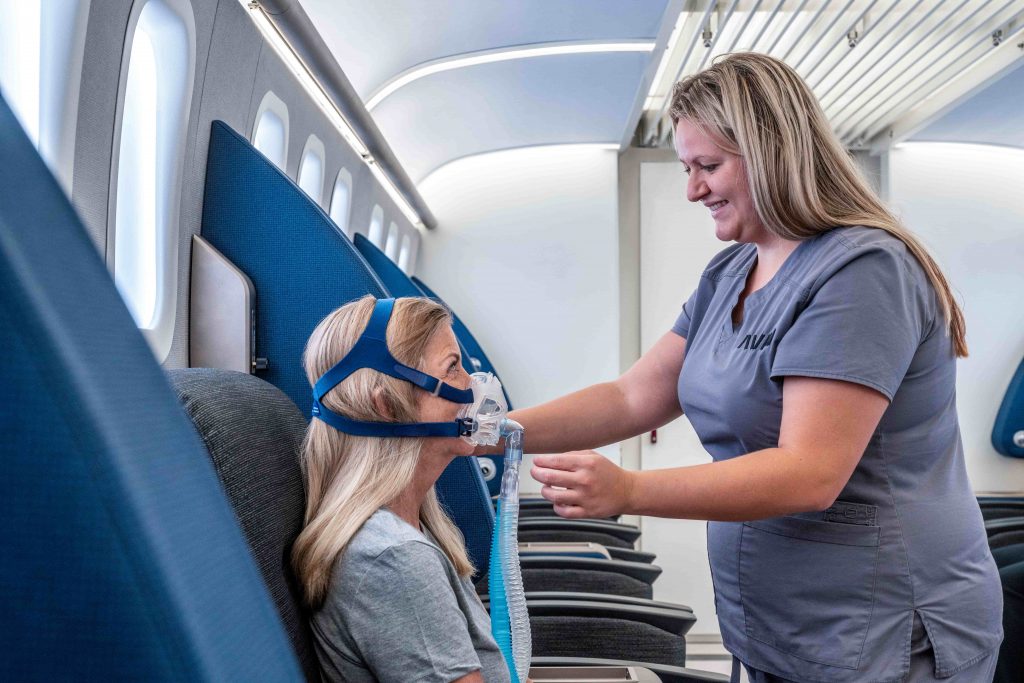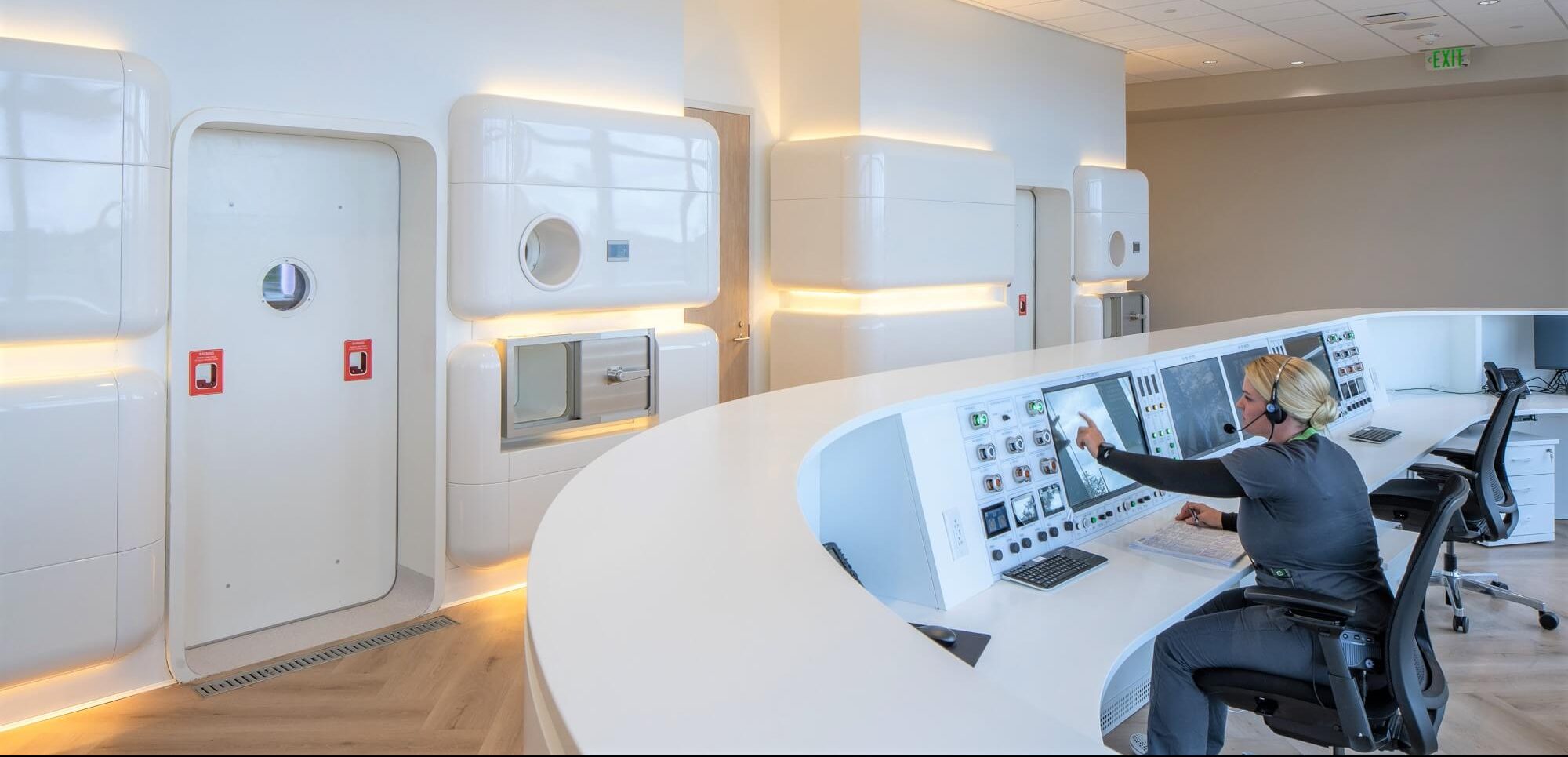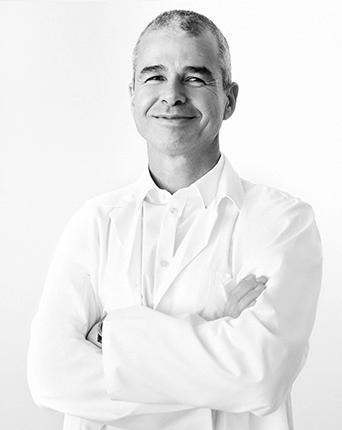
Is HBOT Safe? A Guide to Hyperbaric Oxygen Therapy Safety at Aviv Clinics


When most people think of hyperbaric oxygen therapy (HBOT), they think of claustrophobic, tubelike chambers used to treat scuba diving accidents or at-home pods shown off by celebrities and athletes. You may be wondering, “Is HBOT safe?” It’s important to know that modern hyperbaric medicine is highly advanced and, when administered properly, is delivered under strict medical supervision.
At Aviv Clinics, we provide advanced hyperbaric medicine through a comprehensive, personalized medical program. Our state-of-the-art multiplace HBOT suites are designed to safetly support brain and body performance. When combined with cognitive, physical, and/or nutritional therapies in the Aviv Medical Program, HBOT can treat conditions such as:
- Traumatic brain injury (TBI) and post-concussion syndrome (PCS)
- Post-traumatic stress disorder (PTSD)
- Stroke
- Lyme disease
- Long COVID
- Fibromyalgia
- Other conditions that affect cognitive and physical function
As wellness trends increasingly propel hyperbarics into non-healthcare spas and home use, it is important to understand that HBOT is a medical treatment. In non-medical settings, hyperbaric oxygen therapy can be ineffective and even dangerous.

Understanding Hyperbaric Oxygen Therapy Safety
Hyperbaric oxygen therapy (HBOT) has a strong safety record when administered by trained medical professionals. The most common side effects include temporary changes in vision and mild to moderate ear discomfort. Some people have difficulty equalizing the pressure in their ears during pressurization, which is the same sensation you experience when a plane is taking off or landing. Barotrauma risk increases with higher atmospheric pressures. To mitigate this risk, our suites are pressurized only to the levels required for the Aviv hyperbaric protocol.
A member of our experienced hyperbaric staff is inside the chamber during every dive. These clinical professionals are trained to:
- Assist clients with equalizing their ear pressure
- Communicate with the hyperbaric technician operating the session
- Monitor for any issues or adverse events in real time
- React quickly if any client begins to experience an adverse event.
When choosing an HBOT facility, there are essential safety factors to consider:
Types of Hyperbaric Chambers and Their Safety Factors
HBOT chambers are complex pieces of medical technology designed to deliver oxygen to patients at higher-than-normal atmospheric pressure. When evaluating HBOT chamber safety, it’s important to understand how different chamber types affect patient comfort, oxygen delivery, and risk management.
Monoplace HBOT Chambers: Risks and Benefits
Monoplace chambers are hard-sided, cylindrical single-person chambers that are typically 8 feet long and three to three and a half feet in diameter with walls made of a clear, rigid plexiglass. Typically found in wound clinics, these monoplace chambers are pressurized to an atmospheric level that is prescribed by a patient’s physician. While effective for many conditions, these chambers can be uncomfortable as the patient is confined to one position for the duration of the treatment.
The physical structure of monoplace chambers also separates patients from clinicians during the HBOT treatment. A depressurization process must take place before the patient can be released from the chamber for treatment of an emergency, which takes time.
Additionally, because these types of chambers are typically filled with highly flammable oxygen, fire safety is of significant importance. Treatment in any type of hyperbaric chamber should only be administered when supervised by medical professionals with specialized training in hyperbaric medicine and safety to reduce the potential risk of fire.
Soft-Sided “Mild” HBOT Chambers: Safety Considerations
Soft-sided monoplace chambers, also referred to as bag chambers, are often marketed as “mild HBOT,” but in actuality offer very little therapeutic effect. These bag chambers are often found in sports medicine clinics and used by athletes for anti-inflammation and workout or performance recovery. Soft-sided chambers are not able to produce an increase in atmospheric pressure significant enough for medical HBOT treatment.
Because of the use of oxygen, soft-sided chambers carry the same risk of fire as rigid monoplace chambers, however clinics that offer “mild HBOT” often don’t meet regulatory or fire safety code requirements established for pressurized vessels.
Managing Risk with Multiplace HBOT Chambers

Multiplace chambers are large, pressurized rooms that can accommodate multiple patients breathing 100% oxygen through a hood or mask. The spaciousness and capacity of this type of chamber help alleviate the feelings of claustrophobia and isolation that are often associated with monoplace (single patient) chambers.
When being treated in a multiplace chamber, a trained medical professional is able to remain with the patients throughout the course of the treatment, or “dive.” This provides a significant health and safety advantage by allowing clinicians to monitor patients during the treatment and administer immediate medical attention, if necessary.
Temperature-controlled and roomy enough to allow patients to stand, stretch, and move around, multiplace chambers also offer a substantial comfort advantage over single-patient chambers.
Although equipped with fire suppression systems, fire risk is lower in multiplace chambers because oxygen is dispensed through hoods, masks, and connection tubes. The entire room-sized suite is compressed with medical-grade air rather than oxygen, thus creating a much safer environment than smaller monoplace chambers.
Aviv Clinics utilizes state-of-the-art multiplace hyperbaric suites that meet or exceed all safety standards. Aviv’s advanced HBOT suites provide first-class comfort and technology that no other provider can offer.
HBOT Contraindications: Who Should Avoid Treatment?
While HBOT is an effective and safe intervention for a variety of conditions, there are some instances in which a person should not participate in hyperbaric treatments. To ensure a safe HBOT experience, patients should be screened for potential contraindications. These include:
- Untreated pneumothorax (collapsed lung)
- Pregnancy
- Certain active cancers
- Some seizure disorders
- Some medical device implants
A physician should assess every patient before determining if HBOT treatment is appropriate.
Adherence to safety protocols during treatment is also important. Because of the risk of fire in an enclosed environment with increased oxygen, watches and jewelry, matches and lighters, and electronic devices should not be brought into the chamber. Patients should also refrain from using cosmetics, hair products, lotions, and other health and beauty aids, such as perfume and cologne. Additionally, synthetic fibers, which may cause static electricity, should not be worn inside a hyperbaric environment.
At Aviv Clinics, we prepare clients for their hyperbaric sessions using:
- A multi-day pre-assessment that screens clients for possible safety concerns.
- A briefing on hyperbaric safety and policies in advance of their first dive with information on hyperbaric safety and policies.
- Specialized clothing to wear in the hyperbaric suite
- Secure lockers for storing any personal items not allowed in our state-of-the-art hyperbaric suites.

HBOT Safety Protocols at Aviv Clinics
The proper combination of oxygen and pressure is vital to ensure the safety and effectiveness of treatments and prevent oxygen toxicity. Also called oxygen poisoning, oxygen toxicity results from breathing in too much oxygen. The risk of developing this condition is an important reason to avoid hyperbaric treatments at spas and other non-medical facilities.
Aviv Clinics’ unique HBOT protocol has a low risk of producing oxygen toxicity. Aviv Clinics operates under the guidance of co-founder and chair of the Aviv Scientific medical advisory board, Dr. Shai Efrati. Dr. Efrati is head of the world’s largest hyperbaric research and treatment facility, the Sagol Center. Dr. Efrati, his colleagues, and the Aviv clinical team have spent nearly two decades researching and developing the Aviv hyperbaric protocol.
Aviv Clinics’ Unique HBOT Protocol and Research
Developed by Dr. Efrati and his team, Aviv’s precise protocol triggers a regenerative process in the body. The Aviv protocol is unique in its approach, carefully fluctuating oxygen levels inside the hyperbaric environment. This technique induces a reaction called the hyperoxic-hypoxic paradox. In essence, Aviv’s protocol “tricks” the body into entering a regenerative state, unleashing a cascade of biological changes. These may include the proliferation of stem cells, the generation of new blood vessels, and the repair of non-necrotic injured brain cells and tissue.
In addition to safe, precise HBOT protocols, Aviv follows strict operational procedures. These include pre-HBOT evaluations and in-chamber monitoring to ensure patient safety. Candidates undergo pre-evaluation to assess suitability for treatment, and treatment is optimized based on evaluation results.

Discover the Gold Standard in HBOT Safety at Aviv Clinics
Experienced, trained, certified physicians, clinicians, and safety teams anchor the Aviv team, bringing deep expertise in hyperbaric medicine. Highly skilled neuropsychologists, physiologists, and nutrition experts complement these HBOT specialists. Our clinical team collaborates under one roof to develop a personalized treatment plan that caters to each patient’s unique needs.
This multidisciplinary team drives Aviv’s unique medical program, combining HBOT with other therapies. These interventions may include cognitive exercises, fitness training, and nutrition coaching. Combined, these therapies can help improve the quality of life for people who are living with a range of conditions.
Hyperbaric oxygen therapy is safe and effective when performed in the right setting. Aviv Clinics has built safety into every step from assessment to treatment. The Aviv Medical Program was developed with uncompromised safety and client experience in mind.
Contact Aviv Clinics today to learn more about the gold standard in safe, effective hyperbaric medicine.
Last Update: September 26, 2025


